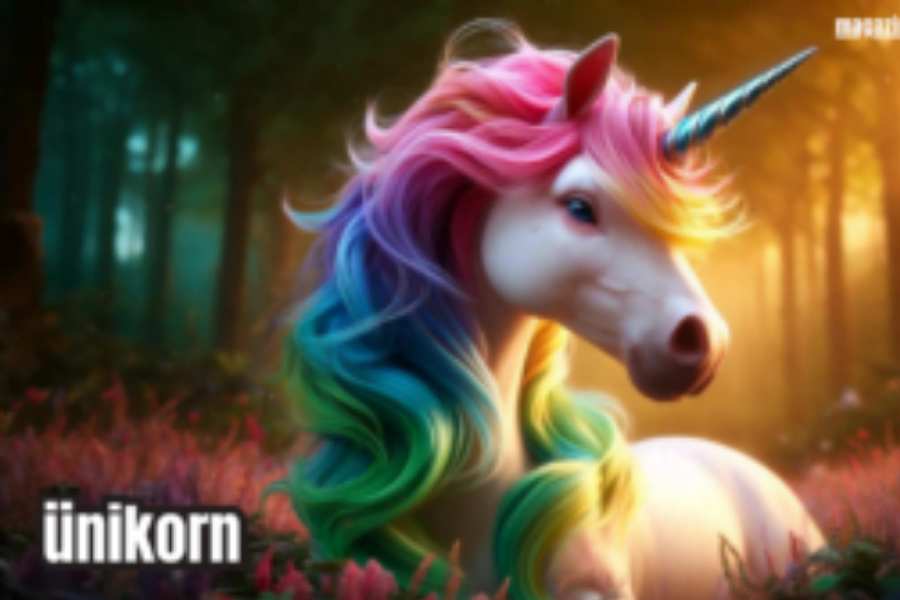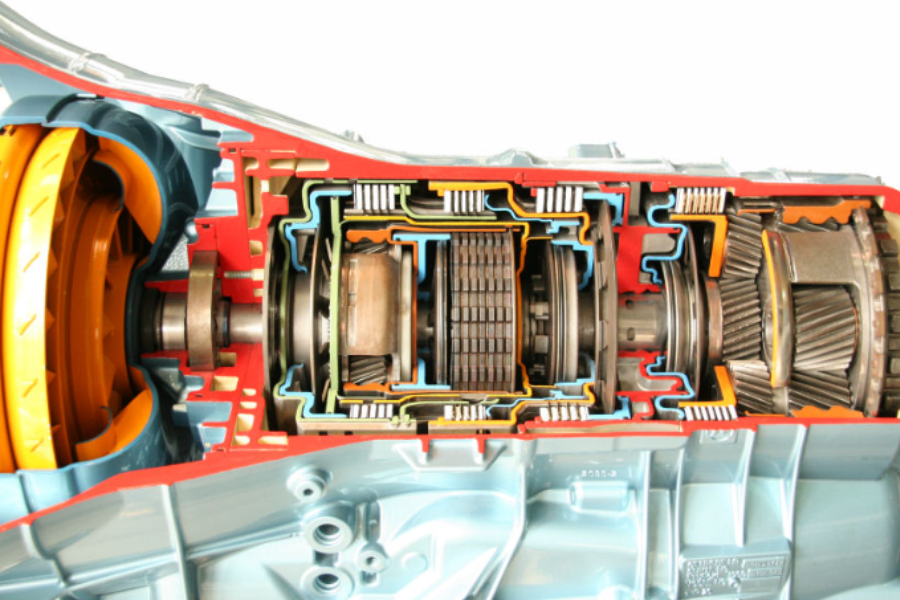The ünikorn, a majestic and mystical creature often depicted as a white horse with a single, spiraling horn, has fascinated human imagination for centuries. Known in modern parlance as the unicorn, this mythical being embodies purity, grace, and magic. From ancient civilizations to contemporary pop culture, the ünikorn’s allure persists as a powerful symbol in various contexts. This article delves into the enchanting world of the ünikorn, exploring its historical origins, symbolism, and impact on modern culture.
The Enchanting World of the Ünikorn
The ünikorn, or unicorn, has captivated cultures across the globe with its mythical charm. This creature is typically imagined as a horse-like figure with a single, spiraled horn on its forehead, symbolizing a blend of grace and magical power. The ünikorn’s lore is rich and varied, reflecting its profound impact on different societies throughout history.
Historical Origins
The myth of the ünikorn has ancient roots, with evidence of similar creatures appearing in Mesopotamian art, Indian and Chinese mythology, and Greek natural history. These early representations suggest that the concept of the unicorn was not confined to one region but was a widespread phenomenon.
Ancient Mesopotamia
In Mesopotamian art, depictions of one-horned animals that resemble unicorns can be found. These creatures were often associated with deities and were considered symbols of power and protection. They featured prominently in the art and mythology of this ancient civilization, indicating the significant role such mythical beings played in their cultural and religious practices.
India and China
In Indian mythology, the unicorn-like creature known as the “Re’em” or “Karkadann” appears as a one-horned animal with a similar symbolic role. Similarly, the “Qilin” in Chinese mythology is a unicorn-like creature symbolizing good luck, prosperity, and longevity. The Qilin is often depicted with a dragon’s head, a deer’s body, and a single horn, highlighting its mystical and benevolent nature.
Persian Mythology
Persian mythology introduces the “Shadhavar,” another unicorn-like creature. Unlike other mythical beings, the Shadhavar’s horn is said to produce enchanting music when the wind blows through it. This creature is associated with beauty and allure, adding a musical and enchanting dimension to the unicorn’s symbolism in Persian lore.
Medieval Europe
During the Middle Ages and Renaissance, the unicorn became a prominent symbol of purity and grace in European folklore. It was believed that only a virgin could capture a unicorn, and its horn was thought to have the power to purify water and heal sickness. Unicorns frequently appeared in European art and literature of the time, often portrayed alongside maidens and in lush, woodland settings, reinforcing their association with purity and magic.
Modern Interpretations
In contemporary culture, the unicorn has maintained its status as a symbol of fantasy and rarity. Its presence is pervasive in literature, film, and art, where it continues to represent a magical realm and extraordinary qualities.
Symbol of Magic and Fantasy
Unicorns are frequently associated with magical realms and fantasy worlds. In popular media, they often appear as mystical creatures with special powers. For example, in J.K. Rowling’s “Harry Potter” series, unicorns are revered for their purity and magical properties, further cementing their place in modern fantasy literature.
Representation of Uniqueness and Individuality
In contemporary society, the unicorn symbolizes uniqueness and individuality. The phrase “being a unicorn” is used to describe someone who is extraordinary or rare. This symbolism is embraced by various communities, including the LGBTQ+ community, where unicorns represent pride and the celebration of one’s unique identity.
Pop Culture Icon
The unicorn has become a popular icon in fashion, toys, and home decor. From unicorn-themed clothing and accessories to colorful unicorn cakes and party decorations, these mythical creatures have a significant presence in everyday life. The vibrant, pastel colors often associated with unicorns add a whimsical touch to a wide array of products.
Internet and Meme Culture
Unicorns have a strong presence in internet and meme culture, often used to convey a sense of whimsy, humor, or positivity. They frequently appear in memes and social media posts, adding a magical touch to digital conversations and contributing to their enduring appeal in online communities.
Business and Marketing
In the business world, the term “ünikorn” is used to describe a privately held startup company valued at over $1 billion. Popularized by venture capitalist Aileen Lee in 2013, this term highlights the rarity and exceptional nature of such companies. The usage of “ünikorn” in this context reflects the extraordinary and valuable nature of these successful ventures.
Children’s Media and Merchandise
Unicorns are a staple in children’s media and merchandise. They appear in animated shows, storybooks, and toys, often portrayed as friendly and magical creatures. This portrayal helps to foster a sense of wonder and imagination in young audiences, reinforcing the unicorn’s role as a beloved figure in children’s entertainment.
Conclusion
The ünikorn remains a powerful symbol of magic, purity, and wonder. Its journey from ancient myths to modern pop culture illustrates its timeless appeal and enduring significance. Whether depicted in historical art or contemporary media, the unicorn continues to inspire and captivate, embodying the essence of enchantment and the extraordinary.
FAQs
1. What is a ünikorn?
A ünikorn is a mythical creature typically depicted as a horse with a single, spiraling horn on its forehead. It symbolizes purity, grace, and magic.
2. Where did this myth originate?
The myth of the ünikorn has ancient origins, with references found in Mesopotamian art, Indian and Chinese mythology, and Greek natural history. The Greek historian Ctesias wrote one of the earliest descriptions of a unicorn-like creature around 400 BCE.
3. What does a ünikorn symbolize?
Ünikorns are often symbols of purity, innocence, and magic. In medieval Europe, they were believed to have the power to purify water and heal sickness.
4. Are ünikorns mentioned in any religious texts?
Yes, they are mentioned in the King James Bible due to a mistranslation of the Hebrew word “re’em,” which likely referred to an extinct species of wild ox.
5. Do they appear in different cultures?
Yes, ünikorn-like creatures appear in various cultures. For example, the Chinese “Qilin” and the Indian “Karkadann” are both ünikorn-like creatures with their own unique symbolism.
6. How are they depicted in modern culture?
In modern culture, ünikorns are popular symbols of fantasy and magic. They appear in literature, movies, and art, often representing uniqueness and wonder. They are also a popular motif in fashion, toys, and internet memes.
8. What is a “ünikorn” in business terminology?
In the business world, a “ünikorn” refers to a privately held startup company valued at over $1 billion. This term highlights the rarity and exceptional nature of such companies.
9. Are there any famous ünikorn stories or books?
Yes, there are many famous stories and books. One notable example is “The Last Ünikorn” by Peter S. Beagle, which has been adapted into an animated film.
The ünikorn’s journey through history and its continued presence in modern culture reflect its enduring appeal and the powerful symbolism it represents. Whether through ancient myths or contemporary media, the ünikorn remains a timeless emblem of magic and wonder.





